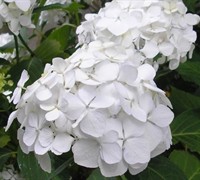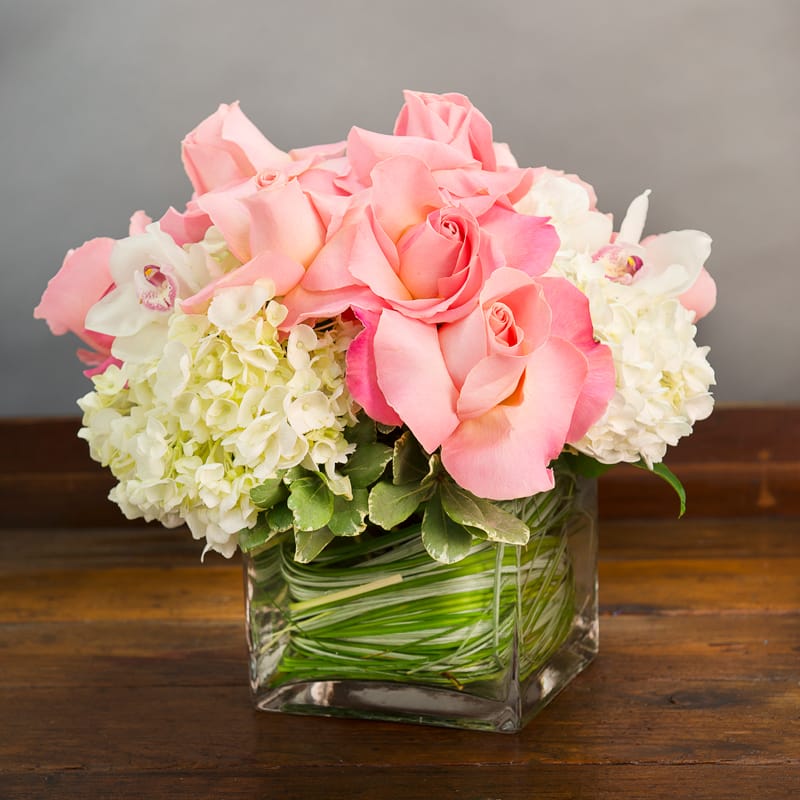Sister Theresa Hydrangea: The Stunning Bloom That Will Brighten Your Garden
Sister Theresa Hydrangea: The Stunning Bloom That Will Brighten Your Garden
Sister Theresa hydrangea is a beautiful and versatile plant that can add a touch of elegance to any garden. With its large, cascading blooms, Sister Theresa is sure to turn heads.
Introduction
Sister Theresa hydrangea is a deciduous shrub that is native to Japan. It is a member of the hydrangea family, which includes over 70 species of plants. Sister Theresa hydrangea is known for its large, showy blooms, which can reach up to 12 inches in diameter. The blooms are typically white or pink, but they can also be blue or purple.
Main Content
Sister Theresa hydrangea is a relatively easy plant to care for. It prefers full sun to partial shade and moist, well-drained soil. Sister Theresa hydrangea is also relatively drought tolerant, but it will do best with regular watering during the summer months.
Sister Theresa hydrangea blooms in the summer, and the blooms can last for several weeks. The blooms are typically borne on the previous year's growth, so it is important to prune Sister Theresa hydrangea in the late fall or early winter.
Sister Theresa hydrangea is a versatile plant that can be used in a variety of settings. It can be planted as a specimen shrub, in a border, or in a mixed planting. Sister Theresa hydrangea is also a popular choice for cut flowers.
Benefits of Growing Sister Theresa Hydrangea
There are many benefits to growing Sister Theresa hydrangea. Here are a few of the most notable benefits:
- Beautiful blooms: Sister Theresa hydrangea produces large, showy blooms that are sure to add a touch of elegance to any garden.
- Versatile: Sister Theresa hydrangea is a versatile plant that can be used in a variety of settings.
- Easy to care for: Sister Theresa hydrangea is relatively easy to care for, making it a good choice for even novice gardeners.
- Drought tolerant: Sister Theresa hydrangea is drought tolerant, making it a good choice for gardens in hot, dry climates.
- Attracts pollinators: Sister Theresa hydrangea attracts pollinators, such as butterflies and bees, which can help to improve the health of your garden.
Conclusion
Sister Theresa hydrangea is a beautiful and versatile plant that can add a touch of elegance to any garden. With its large, showy blooms, Sister Theresa is sure to turn heads. If you are looking for a beautiful and easy-care plant for your garden, Sister Theresa hydrangea is a great option.
The Sister Theresa hydrangea is a beautiful and versatile plant that can add a touch of elegance to any garden. It is known for its large, white mophead flowers that bloom in late spring and summer. The flowers can also change color to green and red in the fall, making this plant a sight to behold all year round.
Sister Theresa hydrangeas are relatively easy to care for and can thrive in a variety of conditions. They prefer partial shade, but can also tolerate full sun in cooler climates. They also need moist, well-drained soil.
If you are looking for a beautiful and low-maintenance hydrangea, the Sister Theresa is a great choice. For more information about this plant, please visit .
FAQ of sister theresa hydrangea
1. What is a Sister Theresa hydrangea?
A Sister Theresa hydrangea is a deciduous shrub that is native to Japan. It is known for its large, showy flowers that bloom in shades of pink, blue, and white. The flowers are arranged in large panicles, which can reach up to 12 inches in diameter. Sister Theresa hydrangeas are hardy in USDA zones 5-9.
2. What are the best conditions for growing Sister Theresa hydrangeas?
Sister Theresa hydrangeas prefer full sun to partial shade. They prefer moist, well-drained soil. They are not drought-tolerant, so they should be watered regularly during the summer months.
3. How do I care for a Sister Theresa hydrangea?
Sister Theresa hydrangeas are relatively easy to care for. They should be pruned in the spring, before new growth begins. Deadheading spent flowers will encourage more blooms. Sister Theresa hydrangeas are susceptible to powdery mildew, so they should be sprayed with a fungicide if necessary.
4. What are the different colors of Sister Theresa hydrangeas?
The color of Sister Theresa hydrangeas depends on the pH of the soil. In acidic soil, the flowers will be blue. In alkaline soil, the flowers will be pink. The flowers can also be white, depending on the variety.
5. How long do Sister Theresa hydrangeas bloom?
Sister Theresa hydrangeas bloom from mid-summer to early fall. The flowers can last for several weeks.
Image of sister theresa hydrangea
- Image 1: A close-up of a single Sister Theresa hydrangea flower, showing the delicate petals and the deep pink color.

- Image 2: A full shot of a Sister Theresa hydrangea bush, showing the large, round flowers and the lush green foliage.

- Image 3: A group of Sister Theresa hydrangea bushes in bloom, creating a stunning display of color.

- Image 4: A Sister Theresa hydrangea bush in a garden setting, surrounded by other flowers and trees.

- Image 5: A vase of cut Sister Theresa hydrangea flowers, arranged in a simple yet elegant bouquet.

Post a Comment for "Sister Theresa Hydrangea: The Stunning Bloom That Will Brighten Your Garden"